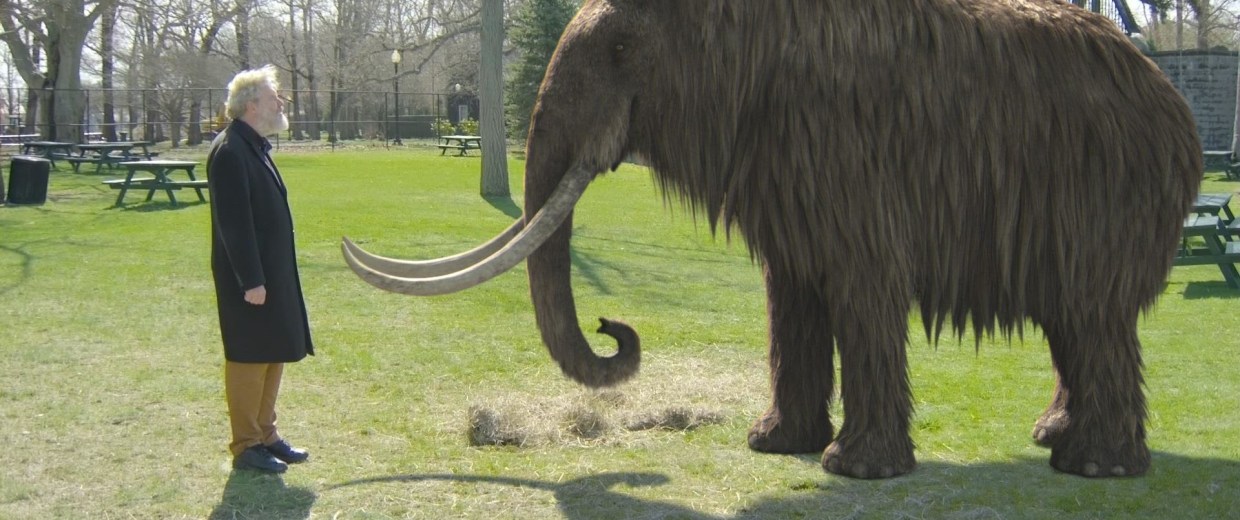 |
Last year, an extremely
well-preserved carcass of a dog from the Pleistocene era (12,400 years ago) was
unearthed from its icy grave in Tumat, Russia.
Among many present for its recent autopsy, was Hwang Woo-Suk, a South
Korean professor who hopes to use some of samples he collected to bring the
extinct animal and others such as the woolly mammoth back to life through
de-extinction.
De-extinction
can be defined either as the rebirth of an animal that was extinct or the creation
of an animal that greatly resembles an extinct species. Several possible techniques exist for “resurrecting”
these one thought lost animals. One of
the most promising methods is use of CRISPR/Cas9 to “cut and paste” genes from
an extinct animal into those of a living common ancestor. This method is being used by George Church’s
lab at Harvard University to replace 14 loci of an elephant genome with a
mammoth version of those sequences. Currently, they are only working on
transforming these cells into tissues and stem cells but it is estimated that
within a decade, it could be possible to meet a breathing woolly mammoth. Another possible method for de-extinction is cloning,
where DNA from a recently extinct animal is inserted into the egg another
animal, then implanted into a surrogate mother.
This method was used in 2009 to resurrect the bucardo, an ibex species
that went extinct in 2000. The clone, however, died just minutes after its
birth from deformities. Due to the severity of clone deformities and
shortened lifespans due to telomere shortening, it is likely to be a while
before cloning can be used in this method with success.
With
scientists closing in on reversing extinction, it is easy to imagine a
real-world Jurassic Park filled with extinct animals like the Woolly Mammoth,
Passenger Pigeon, Dodo, and Tasmanian Tiger.
However, also like in Jurassic Park, grave endings may result from “playing
God”. When re-introduced into the wild,
the revived creatures may turn out to be invasive species in an ecosystem that,
after thousands of years, has moved along without them and assumedly achieved
equilibrium in their absence. Another worry is that if extinction is no longer
a finality, conservation efforts may cease.
This leaves many wondering if it is better to spend money on the revival
of a species no longer suited to survive or on endangered species.
Boyle, Jamie. "Science Explainer: We May Not Resurrect Dinosaurs but Other Extinct Animals Likely to Be Revived | Genetic Literacy Project." Genetic Literacy Project. The Genetic Literacy Project, 16 July 2015. Web. 15 Mar. 2016.
Choi, Charles. "First Extinct-Animal Clone Created." National Geographic. National Geographic Society, 10 Feb. 2009. Web. 15 Mar. 2016.
Liesowska, Anna. "Ancient Puppy's Brain Is 'well Preserved'... as Dog Bares Its Teeth after 12,400 Years." RSS. Siberian Times, 16 Mar. 2016. Web. 16 Mar. 2016.





